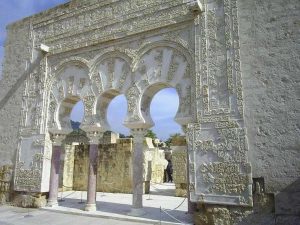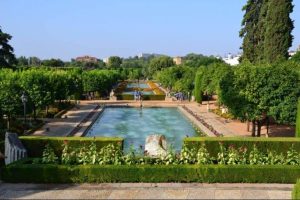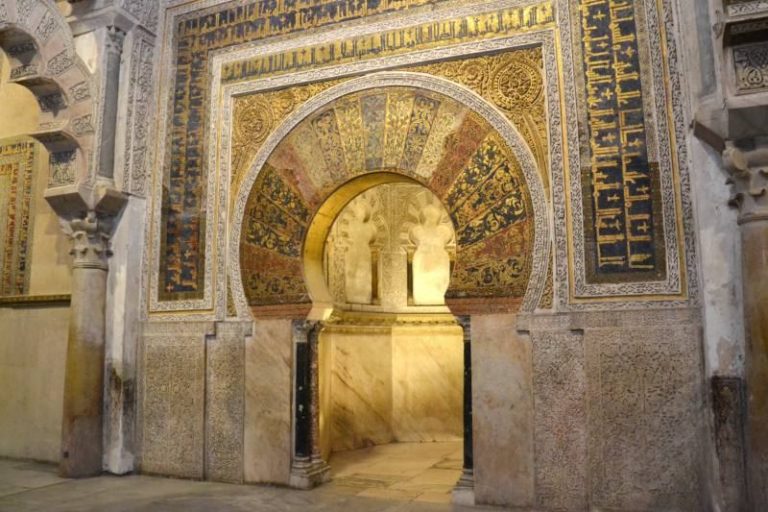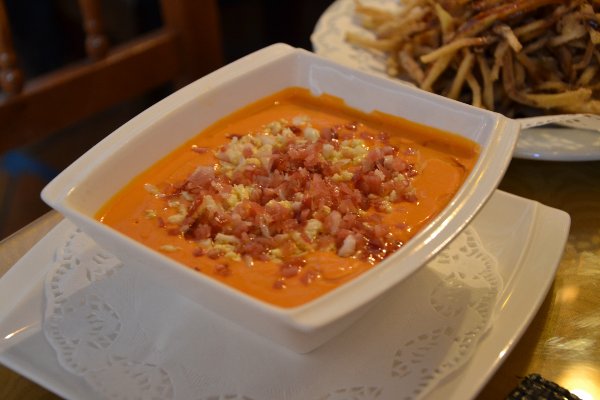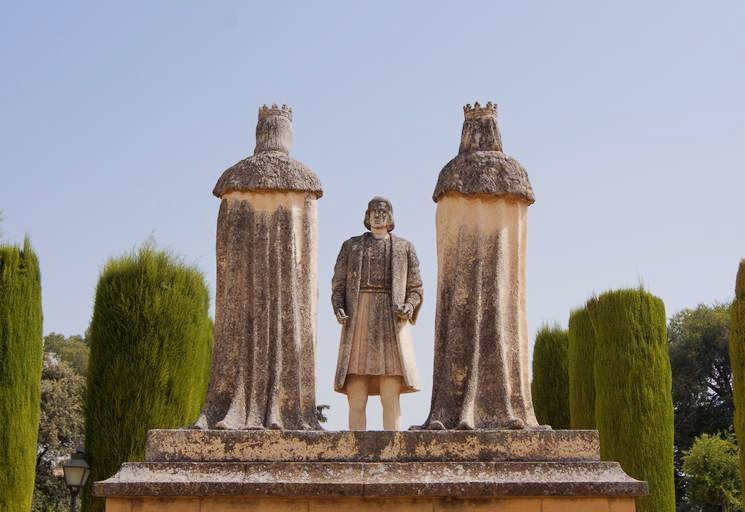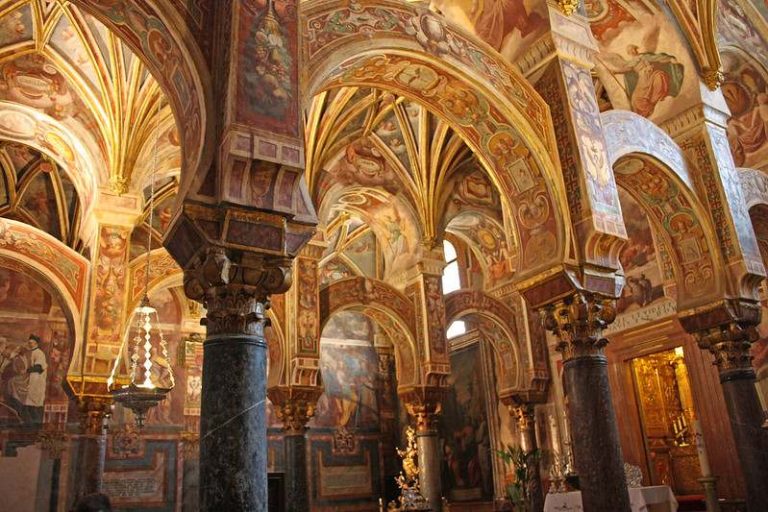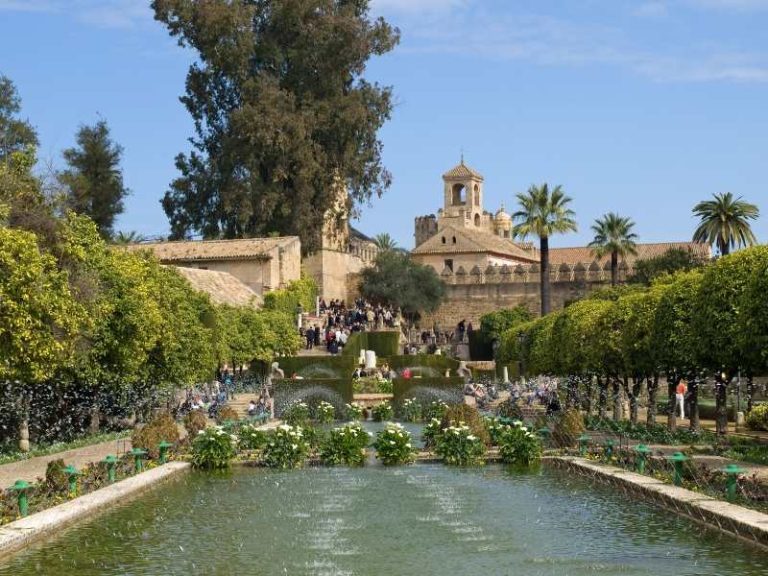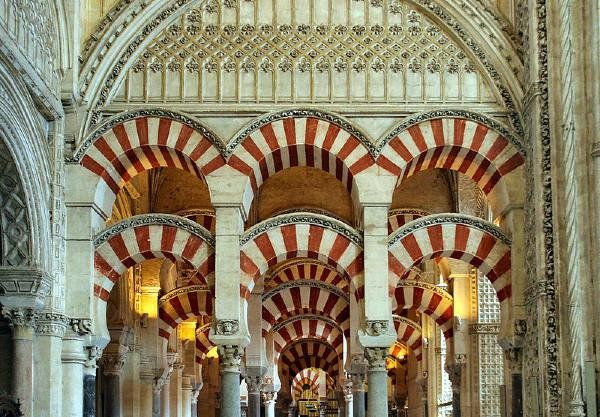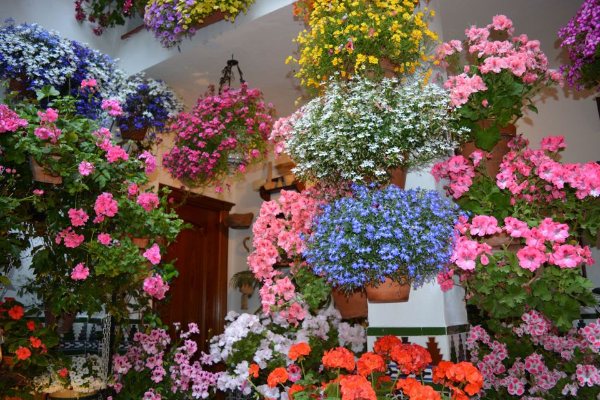Fernandine Churches in Cordoba
Imagine this: 1236. Cordoba, a vibrant Muslim city, falls to the Christian King Ferdinand III. What followed was a dramatic transformation, not least in the city’s architecture.
The Birth of the Fernandine Churches in Cordoba
Shortly after the conquest, between 1236 and the early 14th century, King Ferdinand ordered the construction of numerous churches in Cordoba (many were constructed on top of old mosques).
When Christians conquered a city, it was crucial to repopulate it with people from Christian kingdoms (central and northern Spain). This was essential to secure the conquest and prevent future rebellions. Given this situation, a few months after the conquest of Cordoba, thousands of Christians arrived, hoping to start a new life in the prosperous city.
These newcomers typically settled in new neighborhoods whose epicenter was always a church. These churches served not only religious purposes. They acted as community hubs, keeping track of births, marriages, and deaths. They were like mini-town halls for these new Christian neighborhoods.
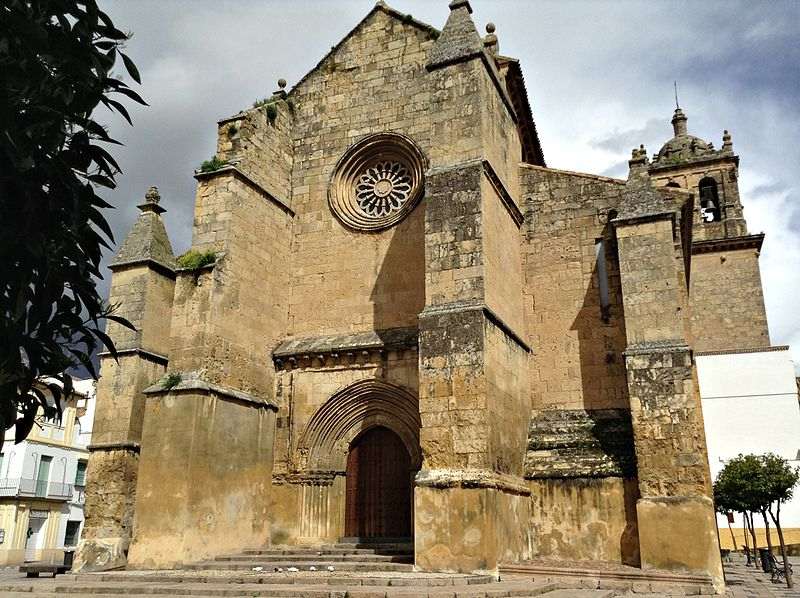
Exploring the Fernandine Churches in Cordoba
Complete list of Fernandine churches in Cordoba:
- Iglesia de San Nicolás
- Iglesia de San Miguel
- Iglesia de Santo Domingo de Silos
- Santa María
- San Juan y todos los Santos
- Omnium Sanctorum
- Salvador
- Santa Marina
- San Andrés
- San Nicolás de la Ajerquía
- San Lorenzo
- Santiago
- San Pedro
- Magdalena
In total, Ferdinand III ordered the construction of 14 churches. While four have disappeared, 10 remain. So, what can you see today?
In our modest opinion the most interesting Fernandine churches to visit are
- Santa Marina: This is the oldest church in the city. Before the arrival of the Muslims, a Visigothic Catholic church stood on this site. In the 13th century Ferdinand III ordered the construction of the current church. It’s got a mix of Gothic and Mozarabic styles (that’s Christian with a bit of a Muslim twist). And guess what? It’s in the Barrio de los Toreros (Bullfighter’s Quarter)! Yep, some of Spain’s greatest matadors were born right here.
- San Lorenzo, San Andrés, and San Miguel: These are other noteworthy churches from the same period.
- For the Baroque lovers: San Pablo and San Agustín are absolute must-sees.
All these churches are conveniently located in the historic center, making them easy to include in a walking or cycling tour of Cordoba.
“Today it is only possible to visit 10 of the 14 churches that the Christian King Ferdinand III ordered to be built in the 13th century.”.
Fernandine Churches: Visiting Hours and Rules
Visiting hours vary depending on religious celebrations and the time of year. Check with the nearest tourist office for specific times.
Admission to all Fernandine Churches is free.
The rules for visiting are similar to those for any Catholic church: avoid tight clothing, hats, and loud conversations. Turn off your mobile phone and avoid taking photos or videos during services.
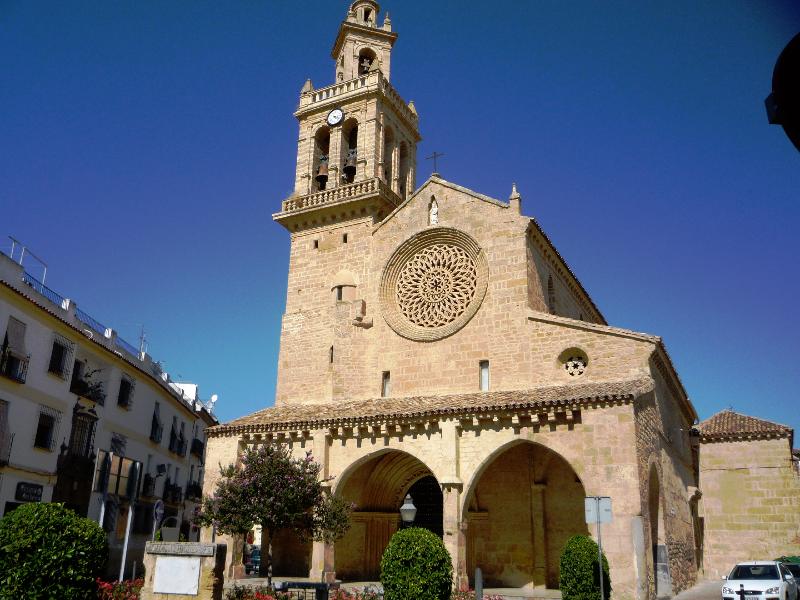
Best time to visit the Fernandine Churches in Cordoba
Any time! But if you want to experience the city’s deep-rooted religious traditions, try visiting during Holy Week.
How long will it take to visit all the Fernandine Churches?
You can visit 10 Fernandine Churches in Cordoba. Allowing a full day should be sufficient, as they are all located relatively close together in the old town.
Masses at the Fernandine Churches
These churches are still active places of worship. Attending a mass in an 800-year-old church is a pretty special experience..
Mass times: check this link https://www.diocesisdecordoba.es/diocesis/informacion/parroquias
We hope this post inspires you to explore these magnificent churches and learn more about Cordoba’s rich history and identity. It’s a truly unforgettable experience, especially for those of faith.”
Fernandine Churches: Useful Information
Opening Hours
-
Address:
Old Town (different locations)
Built in:
13th - 14th century
Tickets :
Free entry


